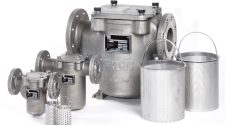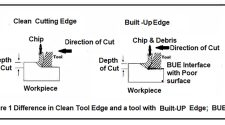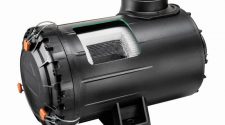One of the stories from the pandemic was the rapid industry response to the need for meltblown nonwoven fabrics for facemasks and respirators. In mid-2021, Nonwovens Industry reported that globally, in the neighborhood of 150 standalone meltblown nonwoven lines had been or would soon be commissioned to support the pandemic driven demand. INDA, as part of their North American Supply Report, notes that for all non-woven categories, but considering only North America, prior to 2020, it was typical to see about $100 million in announced capacity investments each year. During 2020 and 2021, this rose to about $200 million. Furthermore, nearly $750 million of added capacity has been announced for 2022 and 2023. As seen in the chart below, it is typical for assets to be decommissioned as new, more efficient or technically capable equipment becomes available. Assets for production of meltblown non-
wovens somewhat differ from this trend, as capacity has been added recently, prior to the pandemic to support increased demand in the filtration market, without any significant decommissioning occurring.
Transitioning into 2022, with supply chain challenges lessening, freight costs decreasing, and overall demand for the meltblown nonwoven consuming PPE declining from the historic peaks seen early in the pandemic, many meltblown nonwoven manufacturers are looking for alternative outlets for the significant added capacity. In many cases, that outlet will be air filtration products. In recent months, INDA has seen an increase in inquiries, both commercial and technical related, regarding filter media. This has included increased interest in INDA nonwoven training courses, where some attendees are pivoting from pandemic production of meltblown and facemasks towards new opportunities.
The air filtration market is certain to benefit from learnings during the pandemic. The public had a rare opportunity to learn during the pandemic that the indoor air quality they had been relying upon was not in as good shape as it should have been. For instance, “It took the COVID-19 pandemic to reveal air filters that had sat collecting dust for years at public schools throughout New Haven … inspections of 21 schools found that two-thirds had dirty or poorly maintained ventilation systems. About half had air filters that hadn’t been replaced in years … rather than twice a year as recommended.” This story was not an outlier and was echoed in many communities around the country. Anecdotally, it’s been suggested that were every air filter replaced per recommended guidelines, the overall demand for filter media nonwoven would be two to three times what it is today. That may be hyperbole but is almost certainly directionally correct.
Many meltblown nonwoven manufacturers are looking for alternative outlets for the significant added capacity.
The answers as to “Why filter media was not changed per manufacturer recommendations?” were generally either, “Budget constraints for new media,” or “Budget constraints for the manpower to change the media.”
A prior TechTalk column addressed the unfavorable cost impacts on overall HVAC system life of not maintaining filter media. Also recommended is a review of NAFA’s “Recommended Practice for Filtration for Schools.” It should also be noted that the American Rescue Plan provided $122 billion for the Elementary and Secondary Schools Emergency Relief Fund, which should mitigate those cost concerns. The Department of Education, in conjunction with the CDC and EPA have provided additional guidelines pertaining to indoor air quality of educational facilities. One item of note states, “Upgrade HVAC filters to minimum efficiency reporting value (MERV)-13, or the highest MERV rating a building’s ventilation system can accommodate to improve air filtration as much as possible without significantly reducing airflow.” In many cases, school systems found that their systems were of an age that prevented use of MERV-13 or better filters or worse that they had been using fiberglass filters which remove 30-35% less dust and pollutants than pleated meltblown nonwoven filters. Pleated meltblown nonwoven filters provide for greater surface contact area while maintaining potential to minimize low pressure drop across the filter. The number of pleats, pleat depth, pitch of pleats, and even the radius of curvature of the pleat will influence the overall balance of efficiency, fluid velocity (air flow), and system pressure drop.
In addition to the mechanical design criteria, the size and distribution of the pores in the meltblown nonwoven will have a significant impact on the filtration and system performance. What is appropriate for a facemask application does not necessarily drop in for HVAC filtration media and has provided some challenge in pivoting production from facemask media to air filtration media. Modelling of the in-plane pore size distribution is able to predict impact on throughput and able to anticipate changes in filter performance as pores become occluded with contaminants.
While the demand for facemasks and the associated nonwoven media has declined from peak pandemic levels, there is continued focus on improved indoor air quality and air filtration. This is in part due to improved consumer awareness and also due to continued execution of COVID-era relief projects. As such, there will be an opportunity to realign meltblown capacity to this space but will require consideration of the different technical needs of the applications.


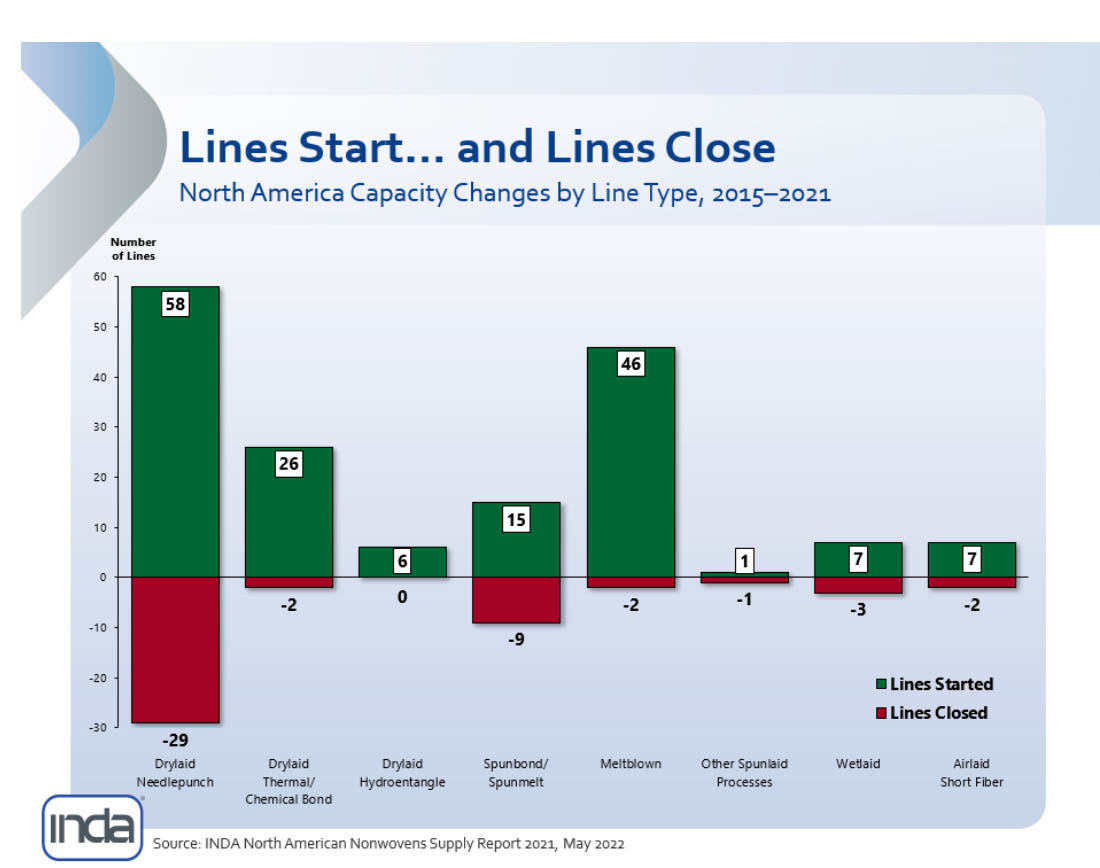
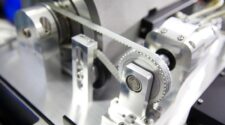

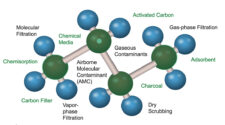
![Figure 1: Heat Exchanger Proventics GMBH.[22]](https://www.filtnews.com/wp-content/uploads/IFN_2_2024_crimpedmicrofiberyarns_Fig.-1-Heat-exchanger-225x125.jpg)


